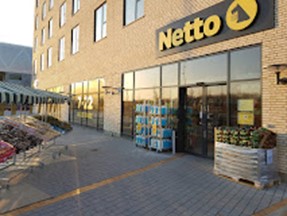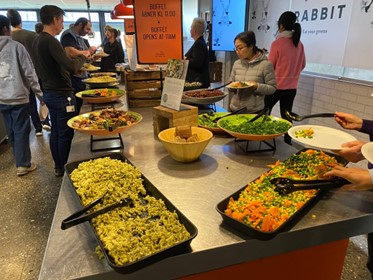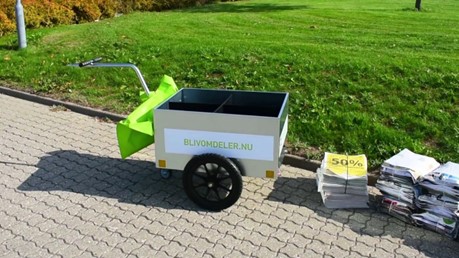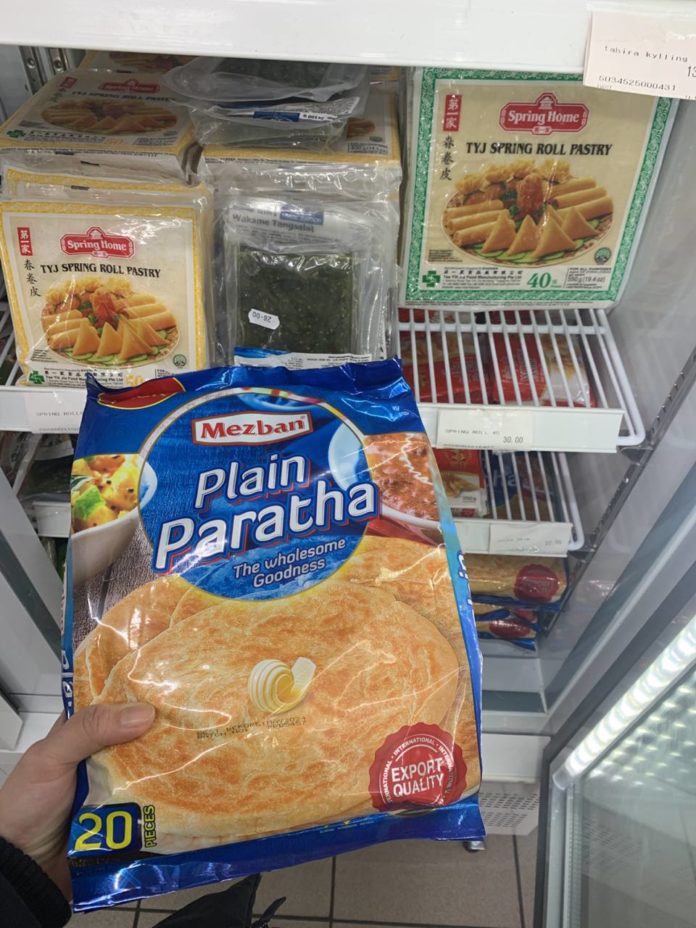For a student who hails from a developing country with the 2nd weakest currency in the world, my definition of “student budget” perhaps takes on a whole different meaning. While I had assumed that my previous experiences living abroad had taught me to financially adapt, my exchange in Denmark would reveal otherwise. That said, this has the benefit of pushing me to come up with ways to save money when it comes to food, (which arguably was the only thing I care about when it comes to budget). I do hope this will help you should you ever find yourself in Denmark and perhaps motivate you to get a high-paying job in the future.
Just cook your own s…
As a fellow SDU exchange student has articulately put in his post (Link), the cheapest, if not the only, option to save money is to buy and cook your own food. Surprisingly, Denmark boasts many supermarket chains that provide reasonably priced grocery shopping, complete with an extensive array of organic, vegan, and lactose-free alternatives.. One supermarket that I always frequent to is Netto at Cortex Park, which is conveniently just a 5-min walk from SDU.

The Netto that every SDU exchange student will become familiar with
The Canteen
Should you find yourself too busy to cook, an alternative to explore is the main SDU canteen, which offers a pay-by-weight system and offers different dishes each day. Given this system , it’s entirely possible to limit your meal sot to around 20-30 DKK, which is roughly around 4-6 SGD. That said, given the rotating food range, I have mixed opinion of the food quality overall: some days have been excellent, while others are …
… well, I’ll let you be the judge of that should you ever come to SDU.

The vegetatiran section at SDU Canteen. I hope you like cold dishes.
“Too Good To Go”
The final noteworthy option with regards to food is the “Too Good To Go” app, which I regret not having found out sooner during my exchange. In short, “Too Good To Go” is an app that allows its users to purchase surplus unsold food from restaurants at the end of the day. The food options can range from snacks and pastry to restaurant dishes and buffet leftovers. While the price can range from 30 to 60 DKK, all of these are sold in bulk, allowing you to divide them into 2 or 3 meals.
That said, one potential drawback is the app does not permit specific food selection or requests. In fact, it merely indicates the type of food (baked goods, full meals, vegan options, etc.), essentially giving you a “mystery bag”. Additionally, the responsibility of collecting the food rests on you, which could pose a challenge if you lack a bicycle or your accommodation isn’t located near any public transportation hubs.

A restaurant advertising their availability for “Too Good To Go” in Denmark
Extra: Part-time job
“The best way to save money is to make more money”, said no one (probably)
Despite that (or because) part-time jobs aren’t usually a factor one usually considers during an exchange, it was something I looked into once I’ve settled in Denmark, though this was mostly out of curiosity as well as looking to make use of the work rights that comes with my Visa.
In my search, one of the few jobs available for non-Danish was as a “distributor” (which, to be honest, is just a fancy term for newspaper delivery) at FK Distribution (Link). Once I verified the legitimacy of the website with my Danish friends, I proceeded to apply and was fortunate to find a newspaper delivery route right next to my accommodation. I only had to work one day per week, and I normally completed the deliveries in about 1.5hrs. On average, I was paid around 110 DKK per week, totaling to 440 DKK per month, which was around S$87.
… I’ll be the first to admit, I’ve made more from my previous part-time jobs. But then again, none of them would even allow me to work for only 1.5hr per week so I guess it’s fair game(?).

The trolley they gave me to store the newspapers
With that said, for those who may be interested in finding employment in Denmark as an international student, besides obtaining your CPR-number (Danish ID System), which SDU should have instructed you on, you’d additional need:
- A Danish bank account. In my case, I use Lunar (Link), which is a 100% digital bank where you can apply for a free account as well as a payment card for transaction.
- Inform Danish Customs and Tax Administration (referred to as Skat in Danish) of your employment and your status as an international student.. This entitles you to additional tax deduction on your earnings.
(Note: If you forget to do this, your tax payments can amount up to 50% of your salary. So, um, just don’t’)






























